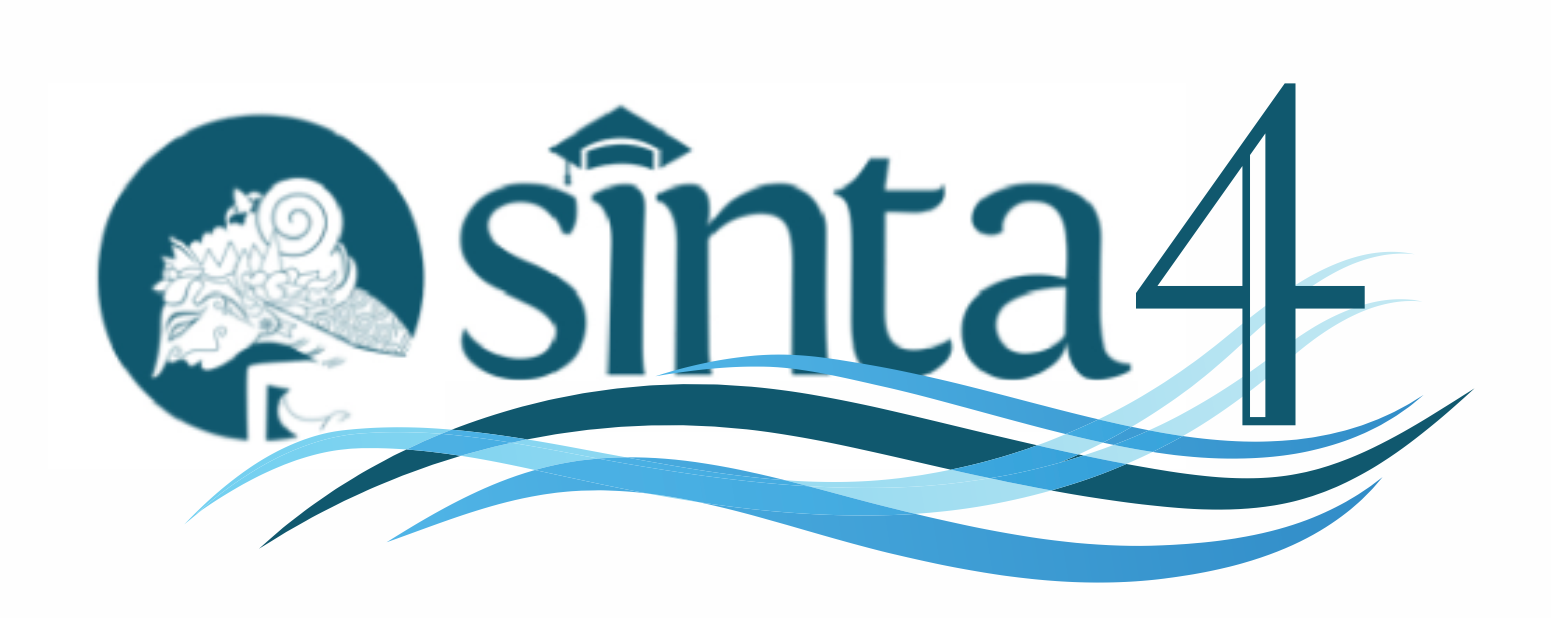Analysis of Growth And Maturity Rate of Puffer Fish Gonad (Tetraodon fluviatilus)
Abstract
The aim of this study was to analyze the growth and maturity level of puffer fish (Tetraodon fluviatilus). This research was conducted in October-December 2017. The research site consisted of two places, namely sampling conducted in two locations of the brackish waters of Merauke Regency while the analysis and identification of growth and maturity level of the gonads was carried out in the laboratory of Department of Aquatic Resources Management, Universitas Musamus. Sampling was conducted at Lampu Satu Beach (station I) and Payum beach (station II) using descriptive methods and survey techniques. Sampling was carried out six times at each station for three months. To find out the growth and maturity level of pufferfish gonads, an analysis of growth patterns, condition factors, sex ratio and gonad maturity levels was performed. The results of the study showed that the growth of puffer fish at Station I was negative allometric while at Station two it was positive allometric. The mean value of the puffer fish condition at Station I was 0.0499 while that at Station II was 0.7062. Gonadal maturity level (TKG) at station I and II are at TKG I, at station I is 79.04% while at station II is 69.77%. Based on the results of research conducted it can be concluded that the growth patterns and TKG at Station I are better than Station II.
References
[2] Sunarni, “Hubungan Panjang Bobot dan Faktor Kondisi Ikan Belanak (Mugil Dussumieri) di Muara Sungai Kumbe Kabupaten Merauke,†Agricola, vol. 7, no. 1, pp. 136–143, 2017.
[3] D. G. Bengen, Pengenalan dan Pengelolaan Ekosistem Mangrove. Bogor: Pusat Kajian Sumberdaya Pesisir dan Lautan, Institute Pertanian Bogor, 2004.
[4] R. Santhanam, Biology and Ecology of Toxic Pufferfish. United States of America: Apple Academic Press Inc, 2018.
[5] Weber M dan de Beaufort LF, The fishes of the IndoAustralian Archipelago. XI. Scleroparei, Hypostomides, Pediculati, Plec-tognathi, Opisthomi, Discoce-phali, Xenopterygii. New Delhi, India: A.J. Reprints Agency, 1962.
[6] M. I. Effendie, Biologi Perikanan. Bogor: Yayasan Pustaka Nusantara, 2002.
[7] P. D. Lagler KF, Bardach JE, Miller RR, Ichthyology. New York: John Willey and Sons, 1977.
[8] R. E. Walpole, Pengantar Statistik. Jakarta: Gramedia Pustaka Utama, 1995.
[9] S. W. Sulistiono, Tri Hastuti Kurniati, Etty Riani, “Kematangan Gonad Beberapa Jenis ikan Buntal (Tetraodon Lunaris, T. Fluviatilis, T. Reticularis) di Perairan Ujung Pangkah, Jawa Timur,†Ichtiology Indones., vol. 1, no. 2, 2001.
[10] dan A. M. J. Ginanjar Pratama, Nurjanah, Ruddy Suwandi, “Hubungan Panjang Bobot dan Kebiasaan Makan Ikan Buntal Pisang (Tetraodon lunaris) di Perairan Kabupaten Cirebon,†Din. Marit., vol. 6, no. 2, 2018.
[11] Lantang B. dan Merly SL., “Analisis Daerah Penangkapan Udang Penaeid Berdasarkan Faktor Fisika, Kimia Dan Biologi Di Perairan Pantai Payum – Lampu Satu Kabupaten Merauke Papua,†Agricola, vol. 7, no. 2, pp. 109–120, 2017.
[12] Ricker W.E., Compulation and Interiretation of Biological Statistic of Fish Populations. Ottawa: Departement of the Environ-ment Fisheries and Marine Services. Ottawa. 382.P, 1975.
[13] M. l. Effendie, Metode Biologi Perikanan. Bogor: Yayasan Dewi Sri, 1979.
[14] Irawati, “Kebiasaan Makanan Ikan Merah, Lutjanus Boutton (Lacepede, 1802) di Perairan Pallameang, Kabupaten Pinrang, Provinsi Sulawesi Selatan (Skripsi),†Universitas Hasanuddin,Makasar, 2011.
[15] R. Wahyuono, H., Budihardjo, S., Wudianto, Rustam, “Pengamatan Parameter Biologi Beberapa Jenis Ikan Demersal di Perairan Selat Malaka Sumatera Utara. Laporan Penelitian Laut,†Jakarta, 1983.
[16] G. V. Nikolsky, Theory of Fish Population Dynamics as The Biological Background for Rational Exploitation and Management of Fishery Resources. London: Oliver and Boys Publisher United Kingdom, 1969.
[17] J. S. Nielson, Fishes of The World. New York: John Wiley and Sons, 1983.


.png)














